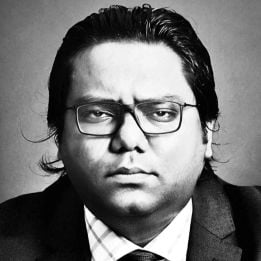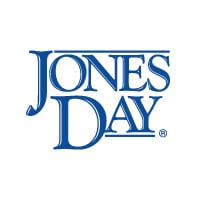

General counsel and chief compliance officer | TLC Industries



Ritankar Sahu
General counsel and chief compliance officer | TLC Industries
What are the most significant cases, projects and/or transactions that you and/or your legal team have recently been involved in?
At TLC Industries, I lead a legal and operations function purpose-built for distressed, cross-border environments where regulatory fragmentation, capital compression and operational ambiguity collide. My role is deeply embedded in execution — not as an advisor, but as an operator. I design control frameworks that stabilise trading under pressure, align capital deployment with real-time operational intelligence, and protect enterprise value where conventional legal models break down.
One of the more technically intricate and operationally demanding undertakings on our books is the Northcote Elevation project in New Zealand — a development navigating complex regulatory approvals due to the inherent dissonance between off-site fabrication and local consenting frameworks. Modular construction is not an exact science. Systems built in tightly controlled factory environments, designed to millimetre precision under one climatic regime, are then shipped across hemispheres to be installed on sites governed by entirely different geotechnical assumptions, weather tolerances, seismic codes and inspection protocols. The regulatory architecture, globally, has not kept pace with the multidimensional complexity of volumetric steel-framed construction. Building consent authorities remain largely calibrated for conventional linear builds, not for modular integration where design, manufacture and installation occur across multiple jurisdictions and timelines.
This forces our team into constant interface work: reconciling procurement lead times with staged approvals, sequencing assembly logic with site readiness, and reverse-engineering compliance pathways that hold under both engineering scrutiny and statutory review.
Currently, we are orchestrating TLC’s expansion into the United States and Australia through modular distribution frameworks that compress delivery timelines, secure investor recovery rights, and embed FCPA-compliant oversight into procurement and execution. These are not transactional wrappers; they are legal and financial systems calibrated for fragmented codes and volatile construction conditions.
I also oversee the delivery of audited financials across Singapore, Vietnam and New Zealand — jurisdictions with fundamentally divergent audit expectations. As a team, we are engineering defensible audit positions that withstand regulatory scrutiny, balance operational realism with compliance posture, and anticipate enforcement pressure, especially from Singapore’s evolving regulatory lens.
Across legal, operational and financial functions, I operate as both control tower and throttle — orchestrating decisive movement while managing risk in real time, at the point of execution. When exposure peaks and visibility collapses, I deliver structure, stability and forward momentum calibrated for pressure.
How do you approach managing legal aspects during periods of instability or crisis to ensure the organisation’s resilience?
In periods of organisational crisis, my approach delivers strategic omniscience and tactical visibility, crystallising our legal exposure, strategic options and execution pathways under fire.
I weaponise legal counsel as a frontline operator. The framework that I operate in demands velocity over perfection — legal firepower must be instantaneous, commercially lethal and immediately executable. In times of instability, my role is to impose structure fast, clarifying legal exposure, defining executable options and embedding legal strategy into operational command.
I manage crisis on dual fronts: neutralising immediate threats — ranging from audit volatility and regulatory heat to liquidity compression — while engineering long-term resilience through governance recalibration, capital discipline and contractual realignment built to withstand sustained operational pressure. I reimpose commercial ruthlessness and operational velocity, forging communication bridges between warring parties who have severed all direct contact when necessary.
Where leadership fractures, I step in to restore alignment, ensuring decisions move quickly, meet regulatory expectations and protect enterprise value. Legal counsel must be fast, defensible and commercially viable. It is this integration of legal, capital and control that keeps the business moving, even under pressure.
General counsel often speak of the need to be strategic to reach the pinnacle of the profession. How are you strategic?
Being strategic as General Counsel means architecting positional clarity — capturing and controlling uncertainty before it captures you, especially in a distressed environment.
Strategy is not theoretical elegance; it is surgical precision under fire. At TLC Industries, I did not inherit maintenance; I orchestrated resurrection. When cash haemorrhaged and a highly assertive regulatory environment set in, I embedded legal judgment into the capital architecture — designing frameworks that bought time, restructured obligations and restored institutional credibility. Strategy, in my world, often looks like operational triage on Monday, regulatory containment on Tuesday and board alignment by Friday.
Legal strategy is upstream dominance — shaping decisions before they crystallise, not sanitising them afterwards. I treat the legal function as a capital-preservation instrument, stress-testing narratives before they calcify, engineering FCPA frameworks with real enforcement integrity, and proactively auditing compliance structures before whistleblower mechanisms are triggered.
Today’s General Counsel cannot be ornamental. We must be heard, not merely consulted — claiming seats through contribution, not courtesy. The role demands crisis architects and enforcement strategists who create order from chaos.
True strategic power lies in architectural control, not aftermath management.
What is a cause, business or otherwise, that you are passionate about? Why is this? What have you done to further diversity objectives in your organisation?
I am passionate about extracting elite outcomes from complex, unpredictable environments — and that often starts with the team. On the construction sites I manage, especially in cross-border modular delivery environments, the workforce is as diverse as it gets — ethnically, linguistically, culturally and educationally. What we do not often discuss is that such diversity can also generate underlying tension over status, communication styles, work ethics and social hierarchy. Managing that complexity is not a soft skill; it is an operational one.
I approach diversity the same way I approach legal and financial risk: not as a slogan, but as a lever for performance. I have learned that talent manifests across all races, cultures and accents, and that the role of leadership is to extract skilled delivery from an environment that was never designed for cohesion. That means treating cultural fluency, empathy and psychological safety not as HR initiatives, but as operational force multipliers.
My core team operates across New Zealand, Singapore and Vietnam — spanning engineers, welders, planners, project managers, designers and compliance personnel. Some have advanced degrees; others are generational tradesmen. Some prefer silence and precision; others thrive on voice and recognition. We have built systems, not slogans, that allow these contrasts to coexist without combusting. Because in construction, what matters is whether it is built — not who built it.
I am not interested in performative diversity. I am interested in high-performing teams that hold under pressure. Again and again, I have seen that teams capable of navigating their internal tensions consistently outperform those that appear more “aligned” on paper. That is not an accident — that is operational leadership.
General counsel and chief compliance officer | TLC Industries
General counsel and chief compliance officer | TLC Industries
General counsel and head of compliance | Maxpower Group
An engineering and construction projects sector legal expert, Ritankar Sahu also excels in anti-corruption investigations and management of distressed assets. He serves on the board of directors of the Maxpower...